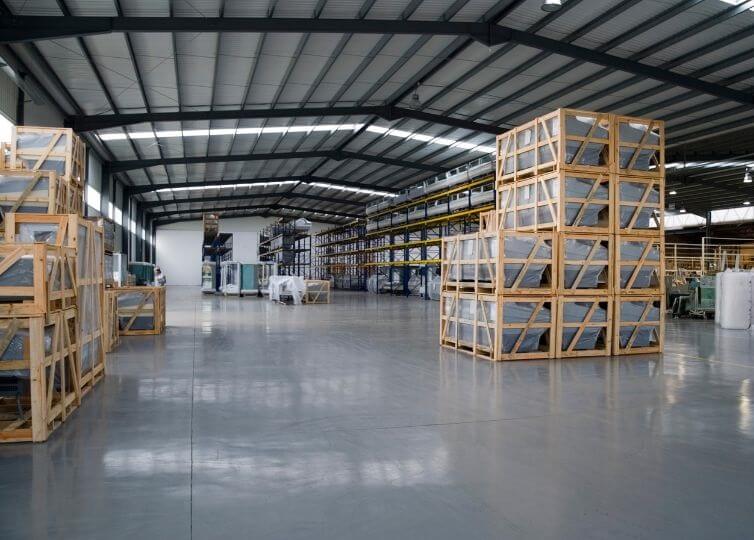With millions of people associated with the industry, logistics is a crucial player in the blooming of Europe’s economy. Although European logistics has recently experienced the worst of its time, the supply chain of Europe is now abruptly evolving. This article demonstrates the four most important opportunities for the changing landscape of European warehousing.
- The influence of Covid-19.
- Updated technologies, optimizing supply chains, and improving well-being.
- Logistics, preserving protective features such as high demand and renters who pay on time.
- Opportunities that exist at all risk levels.
Let’s have a detailed look at each of them one by one.

The Shifting Drivers of COVID-19
The European people have significantly benefited from the removal of Covid restrictions. The 2020 virus epidemic emphasized the significance of supply chain resilience, leading to proposals for increased inventories or reshoring manufacturing. The increase in passenger flights has been seen to help air freight prices because as the number of people traveling on vacation increases, so will air cargo space as suppliers place on more flights. Because capacity is reduced, the supply side of air freight is less impacted, and prices are now falling modestly. This drastic shift can potentially affect the shape of logistics markets for the better.
Technological Advancements
In addition, owing to technological advancements, market participants are now increasing the productivity and utilization of logistical facilities, which influences the architecture of industrial buildings. More fundamental changes in the European logistics sector are envisaged in the future, including ESG rules to optimize energy consumption and the adoption of WELL certifications to attract and retain talent.
High Demand & Role of Tenants
Selected areas of the globe are predicted to have more than 30% internet penetration rates by 2025, implying that demand for logistics assets will continue to rise to new highs during the projection period. Similar research on key Eurozone economies reveals that most logistics space will be required in Germany, followed by the UK during the next decade, following projected internet penetration rates.
The rising number of assets adhere to WELL criteria (a performance-based method for measuring, certifying, and monitoring built-environmental elements that influence human health and well-being, such as air, water, sustenance, light, fitness, comfort, and mind) is also seeing an evolving future. The standard is commonly connected with office buildings, where it is utilized to attract high-paying knowledge employees. In short, the sector’s performance is expected to be more driven by tenant solutions that enhance supply chain resilience to meet a sudden surge in demand.
Opportunities for Future
Automation, energy efficiency solutions, and wellness certifications are anticipated as an opportunity for value-add investors to repurpose outmoded stock with solutions like access to technology, a network of diverse locations, and assistance recruiting and maintaining employers. Once established, core investors may expect to profit from revenue streams supported by longer leases than those often seen in the office and retail sectors.

